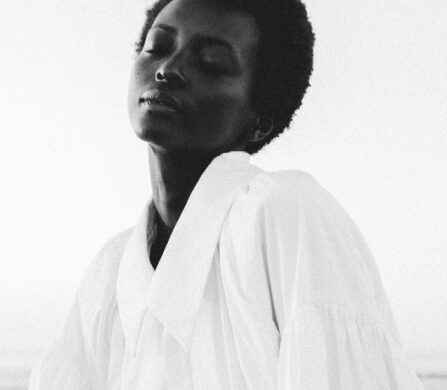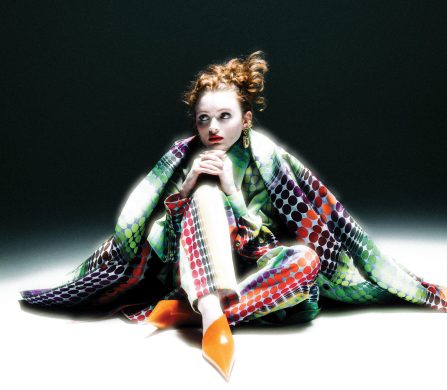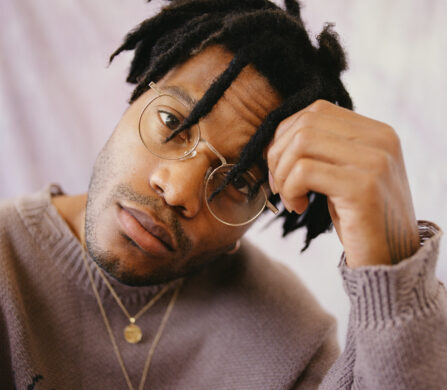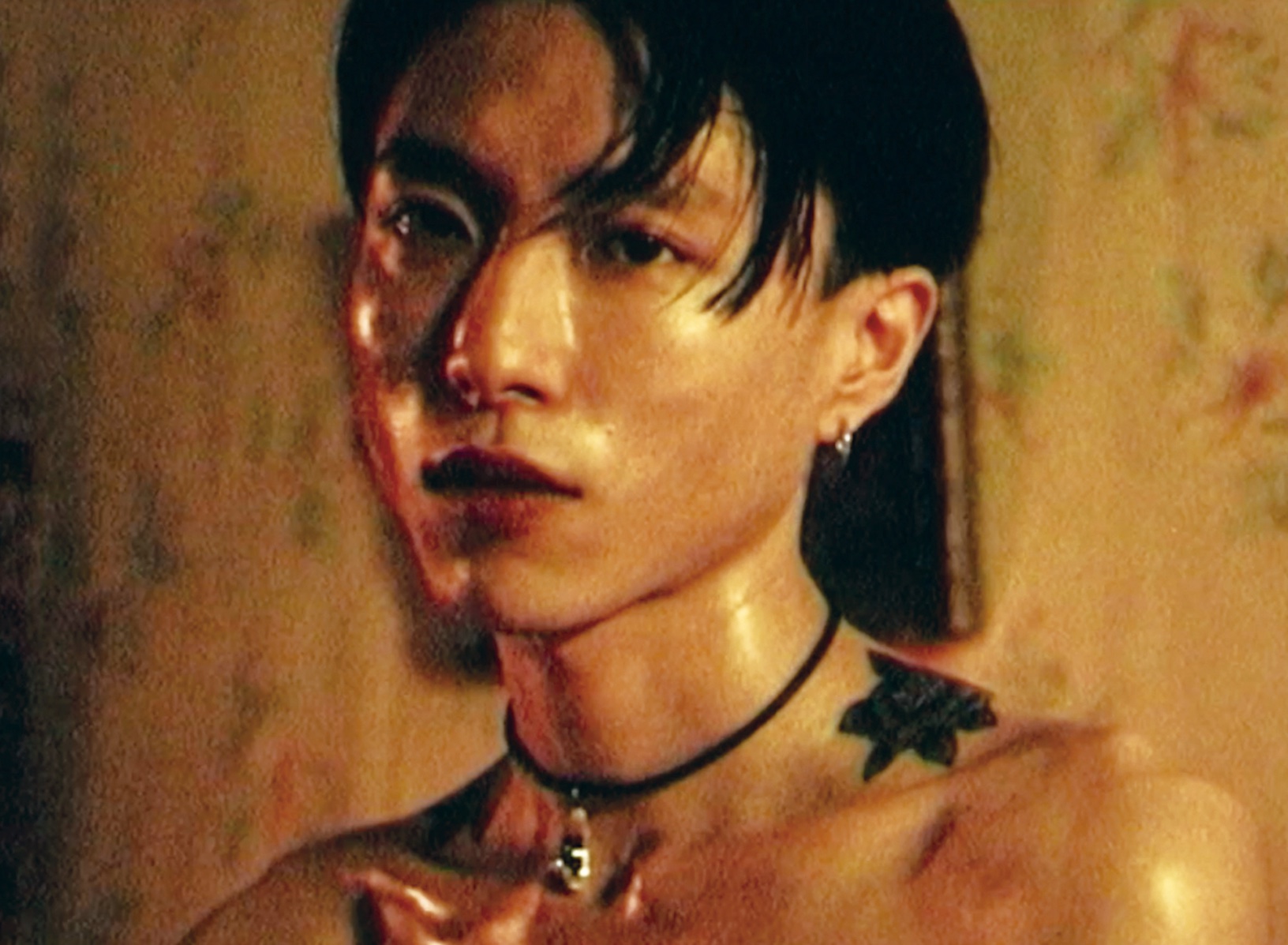
Deconstructing narratives from the people they encounter, Leo Adef’s work explores love, identity, relationships, sexuality and intimacy, discovering and capturing their community’s realness and beauty while mixing documentary with fantasy.
Personal growth allows for Adef’s work to constantly mutate, taking sometimes unexpected shapes. Carrying a video camera with them everywhere since early childhood, Adef’s emotional experiences shaped into a torrid and delicate visual poetry studying realities that escape the heteronormative.
Born in Buenos Aires, Argentina in 1990, Leo Adef is a queer film director, photographer and visual artist based in Barcelona. Having experimented with diverse media and formats, e.g. short films, music videos, documentaries and fashion films, Adef boldly steps into the publishing world with their first photographic book titled WARP. Perhaps their most significant and personal project yet, it reveals a tender relationship between the LGBTQ+ community and Adef’s own ongoing quest for identity and meaning. Self-published, the book holds 200 photographs captured across four years. Among the featured characters are dear friends, lovers, muses, artists, parties, sexual encounters and dreamy fantasies, shot unapologetically raw with no limits or boundaries.
Before we talk about the book, what is your most vivid childhood memory?
Working on this book, I’ve been thinking a lot about the first time that I travelled alone and that feeling of seeing different realities for the first time, different people from who I was used to seeing in Buenos Aires. This was like an explosion that opened my mind. I remember spending a lot of time after that watching movies to find stories that I could identify with and chatting with people from different countries. I had that need to explore new things, have new experiences, and I think that this has been always the motor of my work.
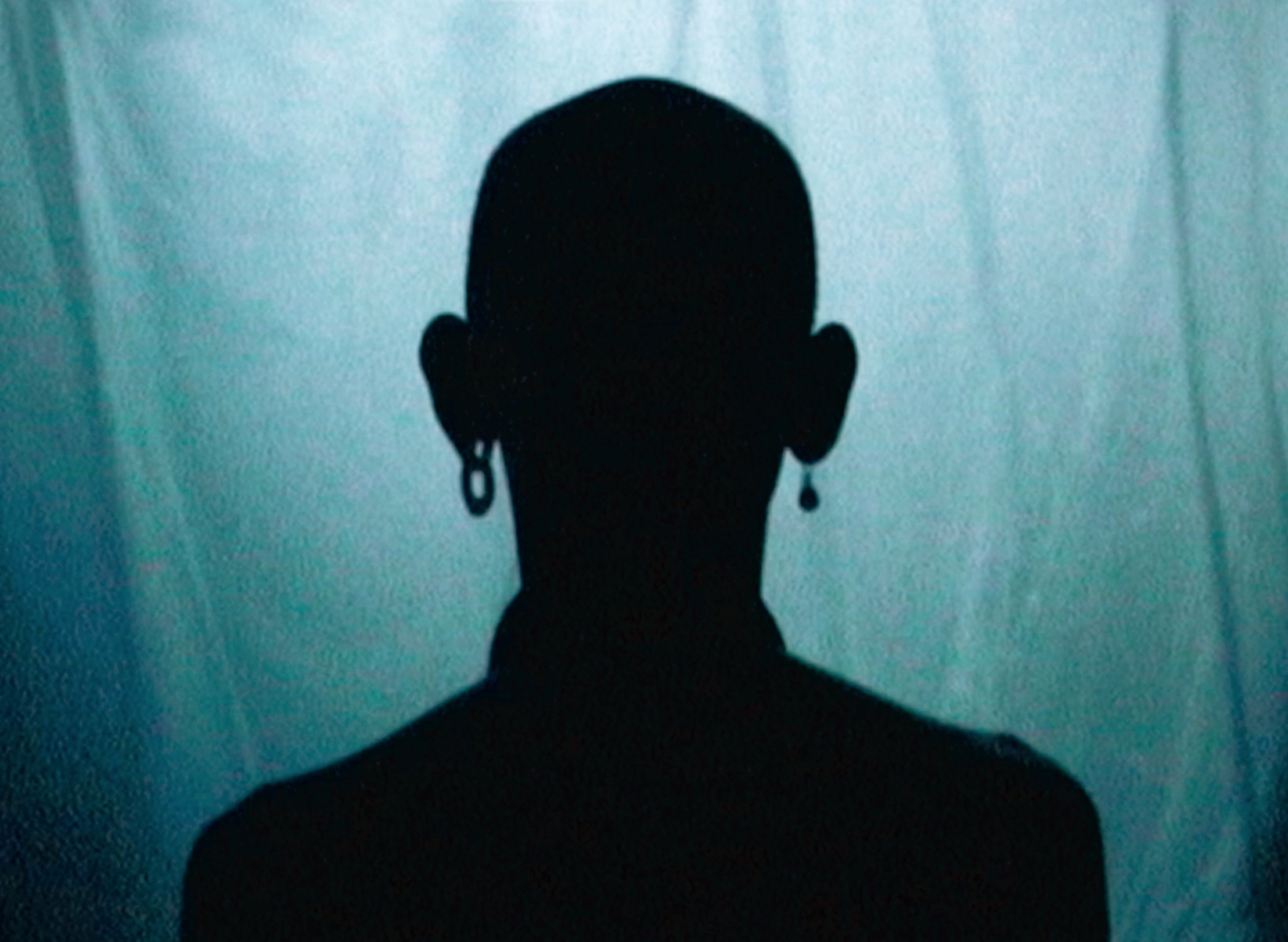
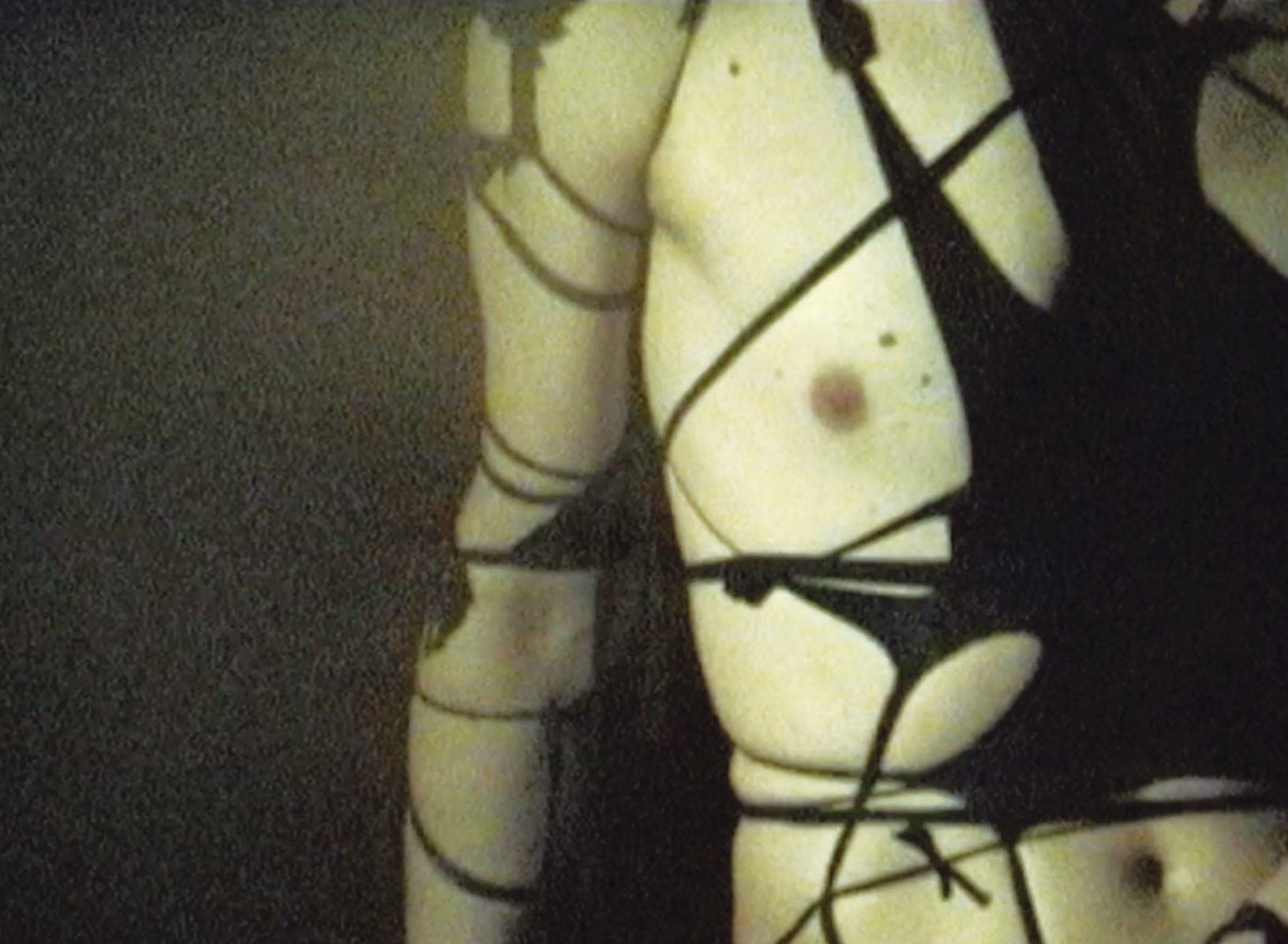
Can you explain the title of your new book, WARP?
“Warp” is a distortion of some materials that I found related to the way that I process my feelings. The projects that I do are always connected to an emotion I’m feeling at that moment. Making these kinds of personal projects always helps me to heal and to process my feelings. While selecting and organising the pictures of this book, I recognised different moments, spaces, elements that reminded me of traumatic experiences, but [with this book] I could distort them and transform them in something beautiful, funny, erotic or moving.
Tell us about some of the characters featured in the book. Is there one who is dearest to your heart?
They are friends, lovers, random people I’ve met at parties, artists I admire, all the people who I’ve met and shared some time with during the last four years. It’s difficult to choose one; I feel that each of them taught me something, and I’m very grateful to all of them for being part of this project. There were a lot of significant moments during this process. I remember, for example, meeting with Asul Marina in one of the first parties that I documented. We spent all night talking for hours, and after that, we became really close friends. I lived with her in the process of her transition, and I feel really grateful to her for letting me portray that. I also had the possibility of portraying Arca, an artist I admire a lot who also let me enter her world and document some of her performances. I have a lot of very special moments that I will remember forever.
There is an innocent and raw, yet sensual and provocative feeling to much of your work. How do you engage in research, and where do you draw inspiration from?
I find inspiration in the experiences that I have, the people I meet and the fantasies that I create in my mind. I spent my teenage years feeling confused; growing up in Argentina in the early 2000s, it was difficult for me to find the references that I needed to identify with. Once I started to meet them and get inspired by them, I found in my cameras the tool to experience a lot of new things and the ability to portray them, to share them with other people who feel the same way.
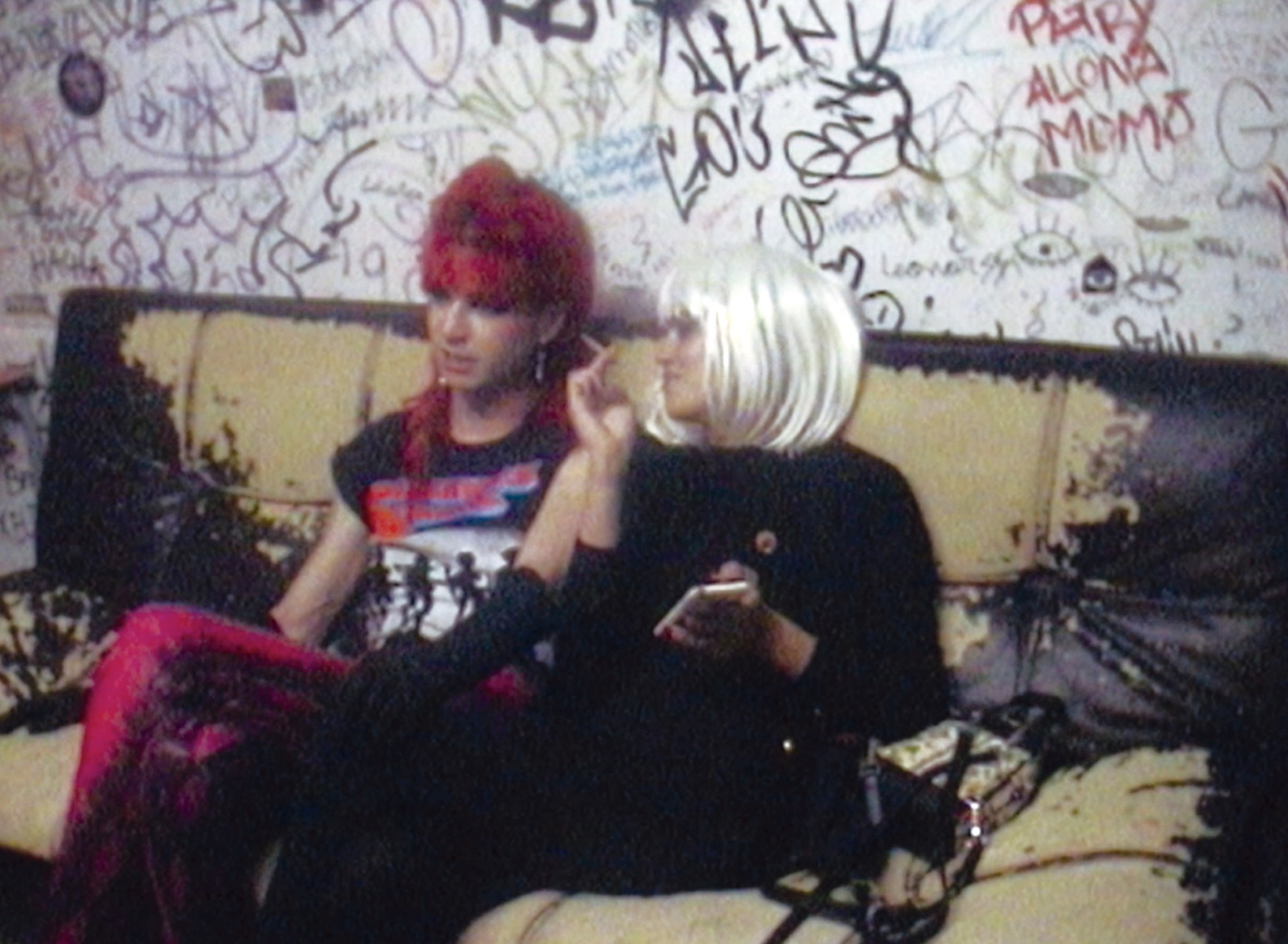
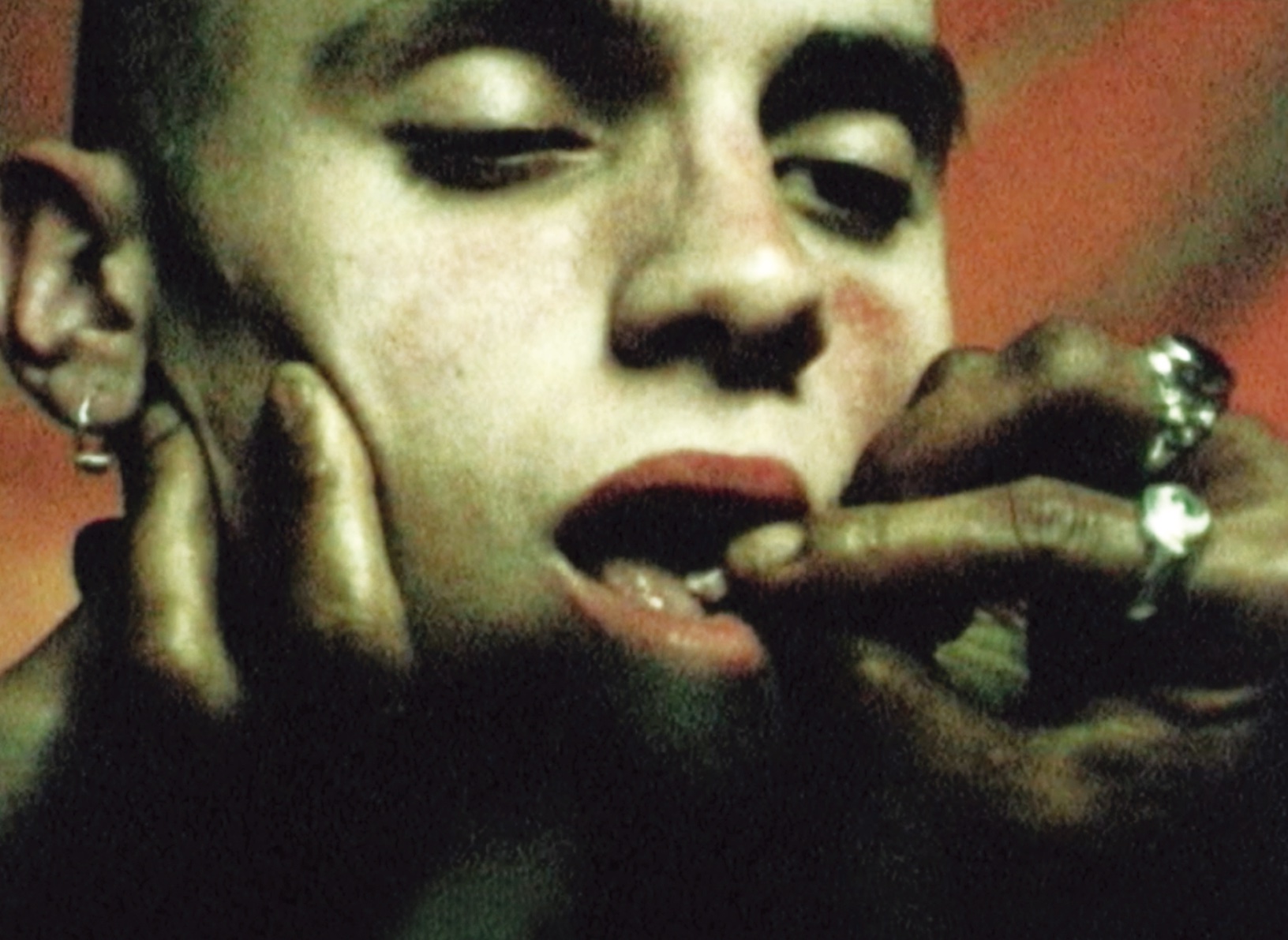
Can you talk a bit about your practice and approach, especially with regards to WARP?
With this book, my approach was different from other projects that I’ve been working on in the last years. When I started it, I wasn’t thinking of making a book. I was just living a very significant moment, meeting a lot of people who inspired me a lot, and I decided to take a video camera with me and document everything that I was living. From 2018 to 2021, I’ve generated more than 100 hours of footage with these unique people I was meeting. Last year when everything stopped for me and my work, I found the time to re-watch all this footage, and I started capturing stills of those details, precise moments, stares and places. Some of them were very significant; others just funny, erotic or moving. I realised that I needed to do something with that, and that’s how the idea of the book came out.
Identity is in many ways a performance. Through the stories you’ve told through your work, do you consider your work biographical?
I feel that my work is always connected to the ideas and emotions that I have in my mind at the moment I’m developing each project, so even when I’m portraying other people, I’m talking about myself. For me, my work has always been a tool to explore my feelings and ideas, to experiment with new things and to learn from other people. Working on this book helped me to understand a lot of things about myself, about identity, self expression, beauty and many other things that I learned from my community.
As an artist working in 2021, what is the part of the artistic process you like the best? And what’s a part of the process that frustrates you, or the part you like the least?
I really like how easy it is now to connect with people that can be really far from where I am. I’ve been able to collaborate with amazing people who I’ve never met in person. I also like that now it’s possible to create projects — like this book, for example — that are self-edited and self-published. I can connect directly with the people that are interested in the project without intermediaries. Working like this is sometimes a little bit frustrating because it’s a lot of work, and sometimes you don’t have the resources or contacts, but in the end, it makes me feel really proud when the project is done and I see all that I’ve done.
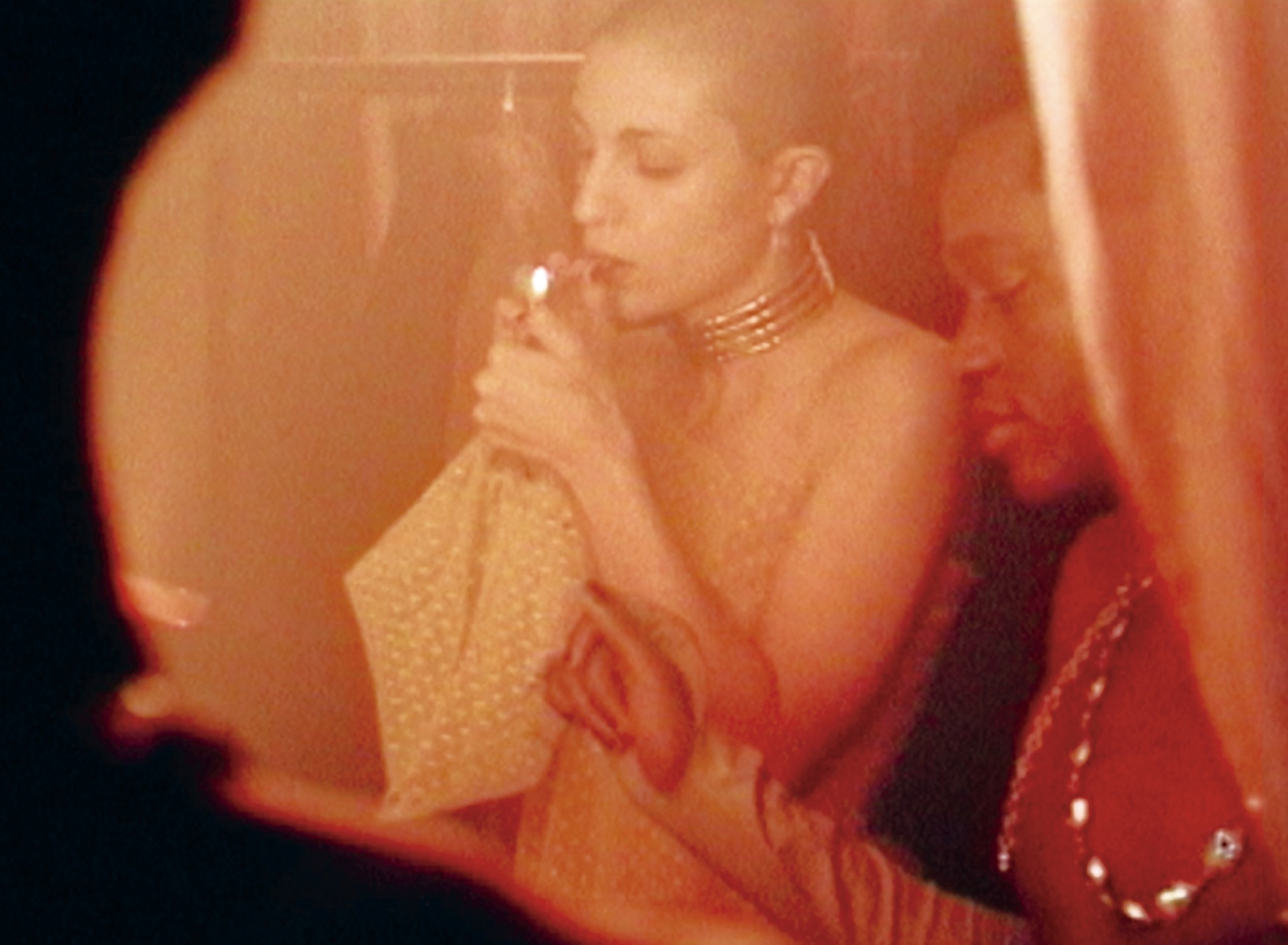
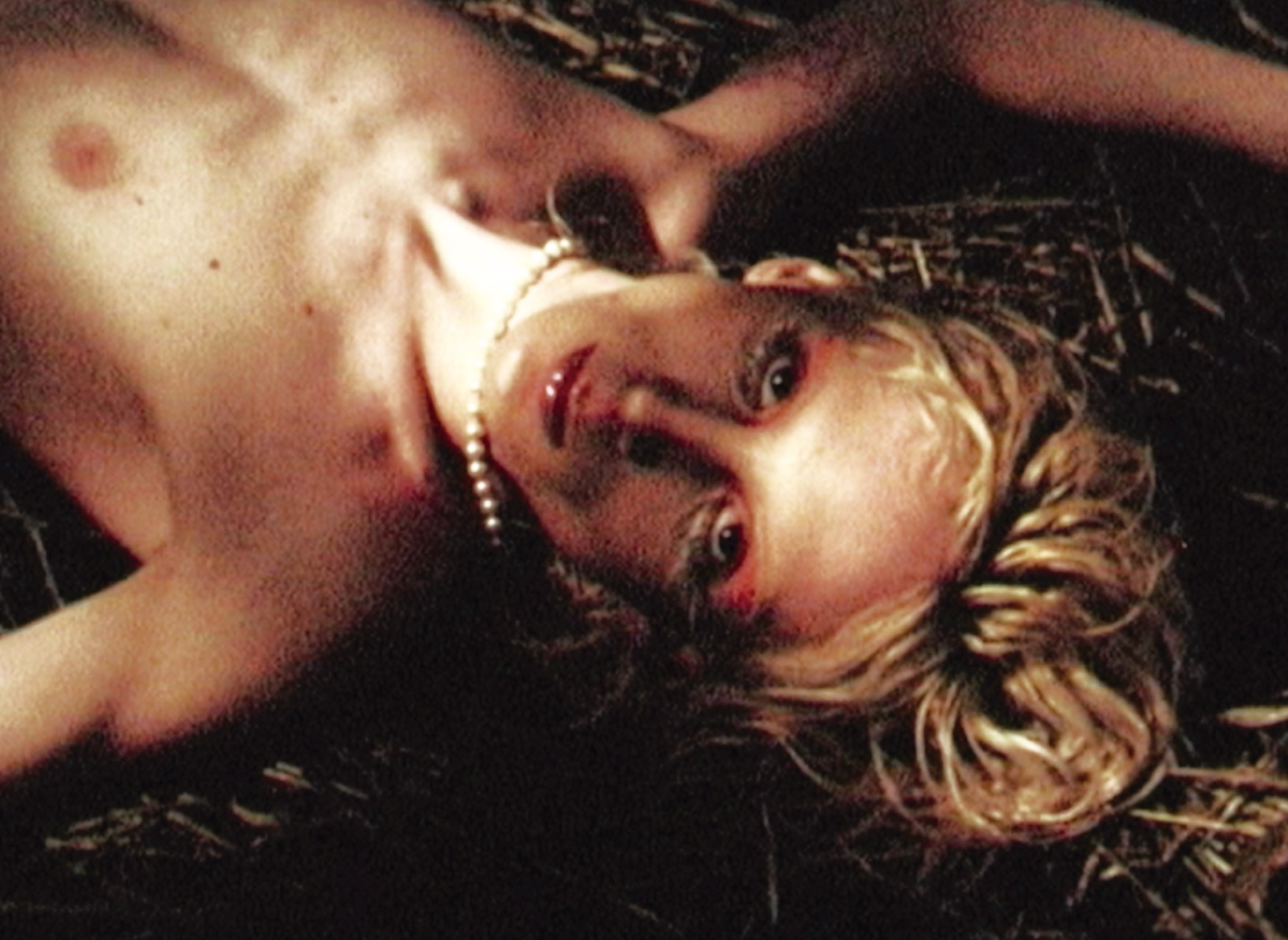
How do you want the things you make, like WARP, to reach people? Do you have any goals with your work?
When I’m working on a new project, I always think about what I would have liked to see when I was a teenager, feeling alone in my room with no references and without knowing what was happening to me. I’m always talking to that teenager, and I hope that my work can reach all those who are feeling that way and encourage them to be themselves and to liberate themselves from all those ideas that stop them from living the way they want.
What has been a key moment in your career where one decision had a profound effect on your life?
One of the most important decisions that I’ve made was to move from Buenos Aires to Barcelona. I was 21 years old when I made that decision and it changed everything for me. Making that move helped me to find my real voice, what I really wanted to, which stories I wanted and needed to share. From that moment, my work evolved a lot, and I understood how important it is for me to do these kinds of projects that I really enjoy, which help me to grow not only professionally but also personally.
When you are not working, what are you doing?
I’m spending time with friends, creating collaborative projects with them, making music, dancing, cooking and travelling to get inspired by new places and new people.
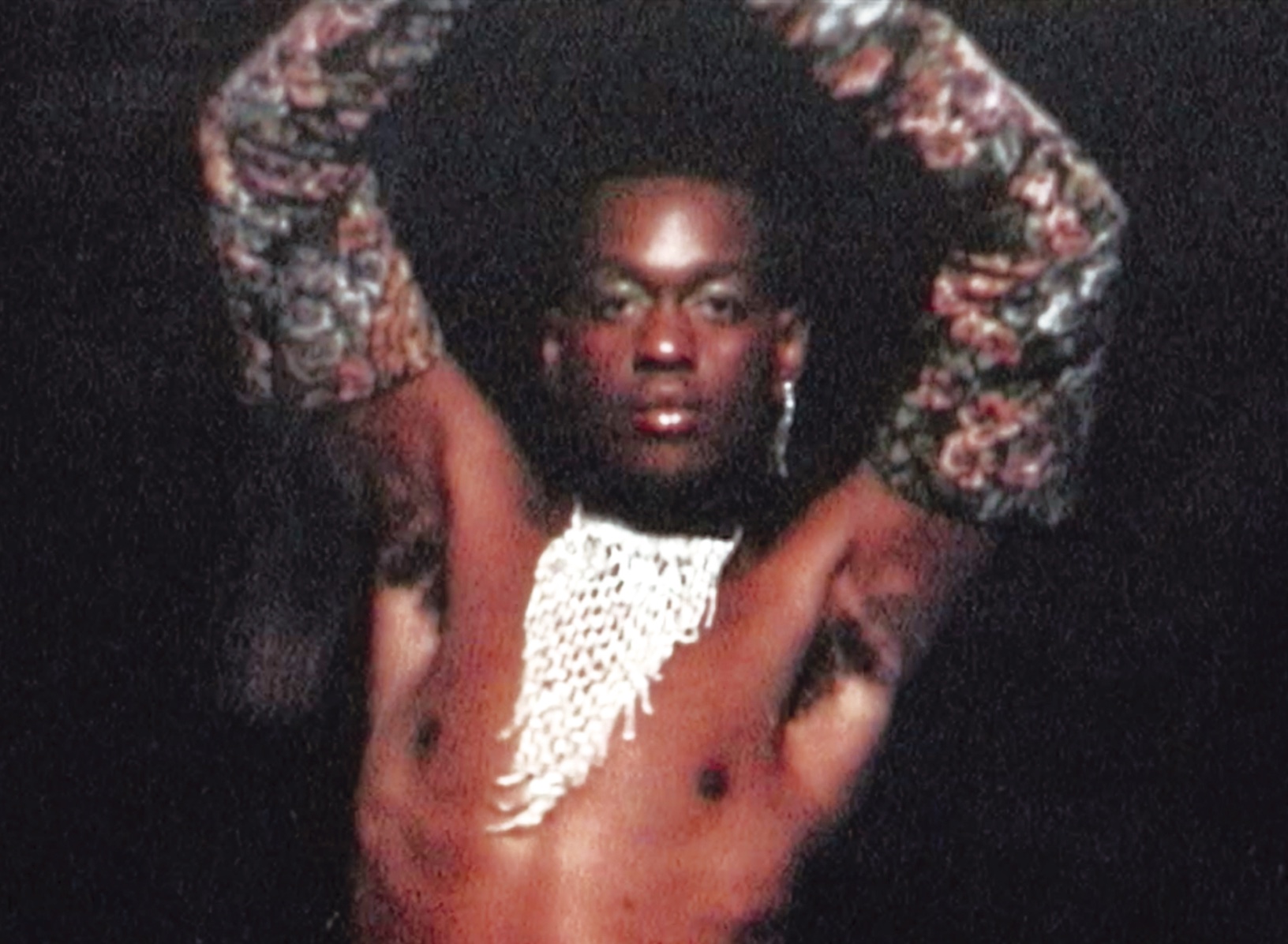
WARP is currently available on Leo Adef’s website. Follow Leo Adef on Instagram.
all photos. Leo Adef
words. Anastasia Solovieva


Schön! Magazine is now available in print at Amazon,
as ebook download + on any mobile device












